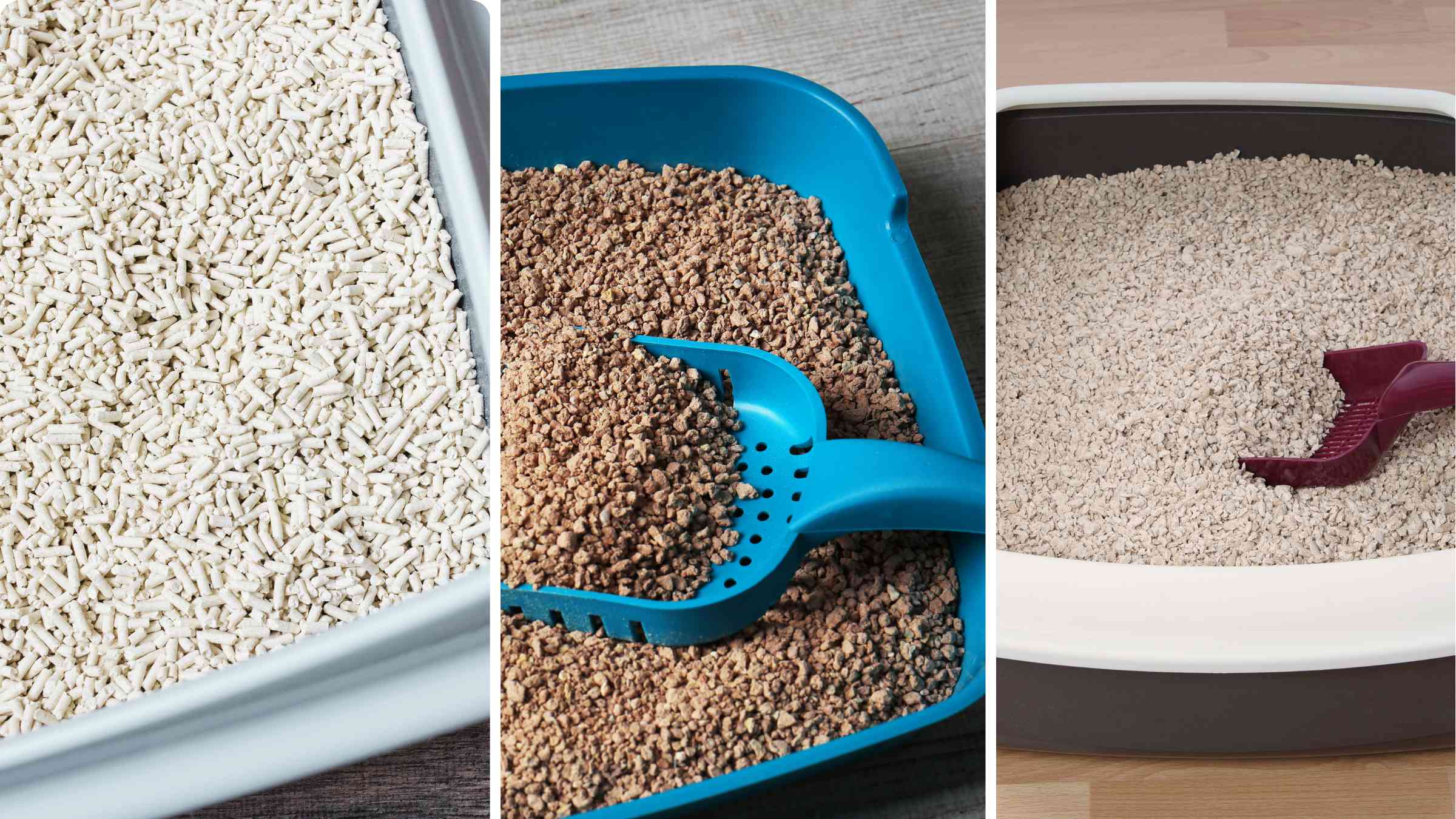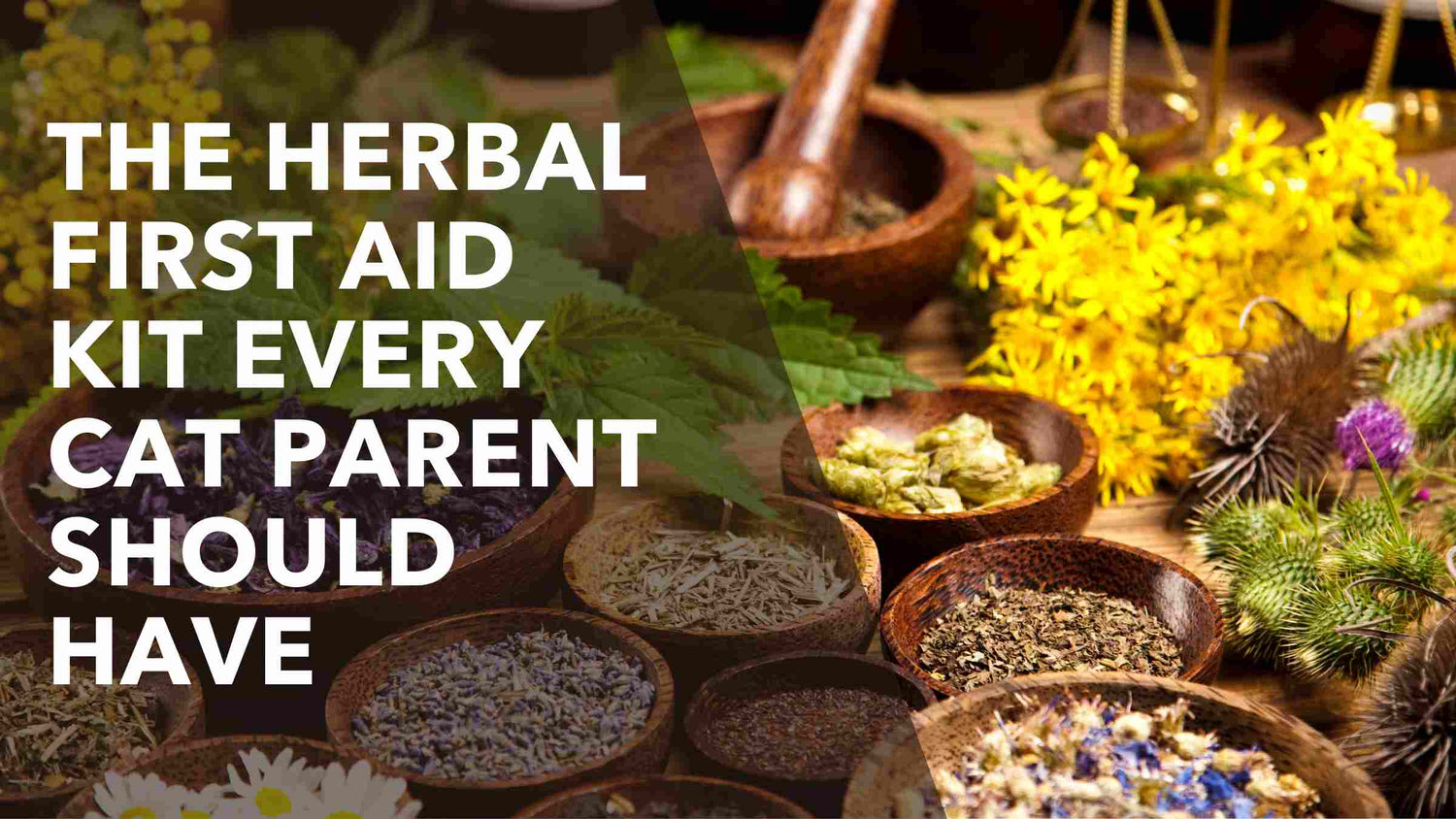As a conscientious pet owner, you’d want the best products for your cat—and this shouldn’t be limited to your cat’s food and accessories alone. A lot of people tend to forget that cat litter plays a significant role to a cat’s overall health and wellbeing. Many cat owners buy just about any cat litter they get their hands on without even knowing what’s in it, then they wonder why their cat ignores its litter box or constantly gets sick. While the FDA regulates a lot of cat-related products, cat litter isn’t one of them, so the health risks and safety associated with commercially available litters are not fully understood. So, with all that being said, what are the healthiest cat litter choices in the market today?

What makes a cat litter healthy?
There are quite a few things that you need to consider when buying cat litter. Apart from choosing one that is up to your cat’s ultra-high standards, you also need to take into account its potential risks and benefits for your cat, yourself, and even for the environment. For a cat litter to be considered healthy, it must satisfy these following characteristics:
1.Dust-free
Respiratory infection is one of the most common illnesses in cats. Avoid exacerbating this health issue by choosing a litter free of dust, or at least produce minimal amounts of dust. This will reduce the amount of airborne dust particles and irritants, making it highly beneficial for both cats and humans with allergies and respiratory health issues.
2. High absorbency

Cats hate it when their litter boxes stink—and it doesn’t help that they have a stronger sense of smell than humans do. This is why it’s so crucial to get a cat litter with good odor and waste absorption properties. Using an absorbent cat litter also prevents you from inhaling waste odors, which can also be bad for your health. Keep in mind, though, that odorless litters are different from scented litters. Heavily-scented litters are not recommended as these can smell quite overpowering and make the box even more unwelcoming for your cat.
3. Biodegradable or compostable
Clay-based cat litter has always been the go-to choice for many cat owners due to its low price point, accessibility, and ease of disposal. Unfortunately, it also has the biggest environmental impact among all the cat litters in the market today. It’s non-biodegradable and non-compostable, which is very unhealthy for our planet. Additionally, clay and silica litters are made from an environmentally detrimental process called strip-mining. There are a number of healthy and eco-friendly alternatives to clay litter, which we shall discuss in a bit.
4. Without added chemicals or fillers
Choosing a cat litter made without toxic chemicals, additives, perfumes, or fillers is vital for your cat's health and well-being. Opting for a natural and clean litter ensures that your cat's sensitive paws and respiratory system won't be exposed to harmful substances. Plus, it contributes to a healthier indoor environment for both your cat and your family. Make a conscious choice that prioritizes your cat's health and safety by providing a litter free from unnecessary additives and chemicals.
Different Kinds of Healthy Cat Litters
There are different kinds of cat litter on the market, so choosing one can be quite overwhelming due to the sheer number of options. While traditional litter (clay or silica clumping litter) still holds the biggest market share for cat litter sales, it’s not the healthiest choice for you, your cat, nor the environment. This is why more and more cat owners are making the big switch to natural, eco-friendly litters for their cats. So, let's take a look at some of the natural cat litters that are on the market.
1. Corn Cat Litter
Corn cat litter is typically made from corn kernels, fibers, and cobs, which are biodegradable and renewable materials. It has pretty good absorbency properties as it features a micro-porous structure that enables it to quickly absorb moisture and waste odor without the need for artificial fragrances. Cleaning up is also a breeze as the natural starches of the corn combines with the cat waste, making it easily scoopable.
While it’s considered as one of the best alternatives to clay litter, corn litter also has its own share of disadvantages. The most worrisome disadvantage is that corn and corn byproduct litter can develop a fungus called “aflatoxins.” This fungus can be fatal to cats. Aflatoxins can grow in dehydrated corn when it gets damp from urine or humidity and transform into mycotoxins, which are deadly. This fungus can get on your kitty’s paw and get tracked through your house. And when she grooms herself, she’s destined to swallow a bit of it. Scariest of all, aflatoxins cause cancer. Secondly, corn litter is highly susceptible to pests as they see it as a food source (YUCK). You may have to clean your cat’s litter box more frequently to avoid pest problems and keep the leftover litter sealed in an airtight container. In addition, not all cats like the natural smell and texture of corn litter, which can result to litter box avoidance.
Pros
+ biodegradable and renewable
+ natural
+ highly absorbent
+ easy cleanup
Cons
- highly susceptible to pests
- risk of aflatoxins (deadly mold)
- uncomfortable, could irritate paws
- not all cats like the smell
2. Wheat Cat Litter

Wheat litter is another grain-based litter made from non-food grade wheat. Just like corn litter, it is also biodegradable and renewable, making it one of the eco-friendliest litters in the market today. Its high starch content enables it to absorb moisture and odors well, but this also makes it one of the hardest litters to clean up once it hardens.
Like corn, wheat-based litter are also susceptible to deadly aflatoxins. Since it’s also grain-based, wheat cat litter is also susceptible to pests such as roaches and beetles. Some cat owners also say that the smell created once the cat waste combines with the wheat litter is quite unpleasant. Wheat litter is not advisable for cats with allergies as it can be a major trigger and cause sudden worsening of symptoms.
Pros
+ biodegradable and renewable
+ natural
+ highly absorbent
Cons
- hard to clean up once it hardens
- risk of aflatoxins (deadly mold)
- highly susceptible to pests
- the smell created when waste combines with the litter is unpleasant
- contains potential allergen
3. Pine Cat Litter
As the name implies, pine cat litters are made from pine trees. Sawdust byproduct from lumber mills is collected and compressed into tiny pellets to make this litter. Since it’s made from lumber processing materials that would otherwise go to waste, it’s considered as a biodegradable and renewable resource. It produces minimal dust and free of allergens, which makes it a decent choice for cats with allergies. However, most pine cat litters in the market today do not clump and tend to be very lightweight, making tracking a major issue. Pine-based cat litter also has an overpowering pine scent, which could lead to litter box avoidance for your cat.
Pros
+ biodegradable and renewable
+ natural
+ allergen-free
+ highly absorbent
Cons
- overpowering pine scent
- can be easily tracked
- most pine litter varieties don’t clump
4. Paper Cat Litter
Paper cat litter is made from recycled paper that is made into pellet or granule form. Being a highly porous material, paper litter is highly absorbent and produces zero dust. Like the aforementioned litters, paper cat litter is also biodegradable and renewable making it environmentally friendly. However, its biggest drawback is that it doesn't clump, which makes cleanup incredibly difficult. This type of litter often falls short in terms of odor control, necessitating frequent cleaning and complete litter box changes, resulting in both litter waste and the need for frequent purchases, making it a potentially more expensive choice in the long run.
Pros
+ biodegradable and renewable
+ natural
+ highly absorbent
+ dust-free
+ good for cats with sensitive paws
Cons
- doesn’t clump
- difficult to clean
- poor odor control
- lots of litter waste
- expensive
5. Tofu (Soybean) Cat Litter

Made from 100% food-grade tofu byproducts, tofu cat litters are biodegradable, compostable, renewable, and flushable. Despite being relatively new in the market, tofu litters such as SoyKitty have become increasingly popular among cat owners due to its cleanup convenience. It forms tight clumps and provides excellent moisture absorption and odor control. It’s also 99.9% dust-free with zero to minimal signs of tracking, making it such a hit among the new alternative litters. Lastly, the pellets are soft on paws, making it a great choice for cats with sensitive little paw pads. The only downside to it is it’s more expensive than the regular clay clumping litter, but with the benefits it offers, it is definitely well worth the added expense.
Pros
+ biodegradable, renewable, and compostable
+ flushable
+ natural
+ triple odor protection
+ highly absorbent
+ dust-free
+ zero to minimal signs of tracking
+ easy cleanup
+ soft on paws
Cons
- more expensive than traditional litter
- not readily available in most pet shops
Healthy Litters for Cats with Special Needs
As mentioned earlier, the type of litter you use has a significant effect not only to your cat’s overall health and wellbeing, but to yourself as well.
Some cat litters may trigger allergic reactions in both cats and humans. Traditional clay clumping litter can make asthma and allergy symptoms worse, so switching to dust-free and odor-free litters such as those made from corn, tofu, or paper can lessen the risk of such attacks.
For senior cats and cats that have recently underwent surgery, it is highly recommended to use soft, hypoallergenic, non-toxic, and highly absorbent litters. Tofu litters, for example, are gentle enough for your cat’s paws, yet powerful enough to trap urine and odors on contact.
Importance of Getting a Healthy Cat Litter
Traditional cat litters emit silica dust (for example) and other toxic chemicals that are harmful to both our pets and the entire household’s health, so making the switch to healthier litter alternatives can greatly benefit not only our cats, but the entire family as well.
When choosing a healthy cat litter, think about which factors matter most to you. Whether it’s ease of cleanup, non-toxicity, absorbency, or hypoallergenicity, narrowing down your options can help you find the litter that’s best for you and your cat. Cats can be just as finicky about their litters the way us humans care about the bathrooms we use.
Keep in mind that cats are quite resistant to change and may take some time to adjust to a new kind of litter. If you do decide to make the big switch to natural litters, it’s best to introduce it gradually and allow a transition period for your kitty. (Learn how to successfully transition your kitty to a new litter, here.) But of course, be ready to switch and try other healthy litter options if necessary.







1 comment
It is very discouraged to flush cat litter as cat feces can carry different diseases that water treatment facilities won’t treat. Composting is a much safer alternative!